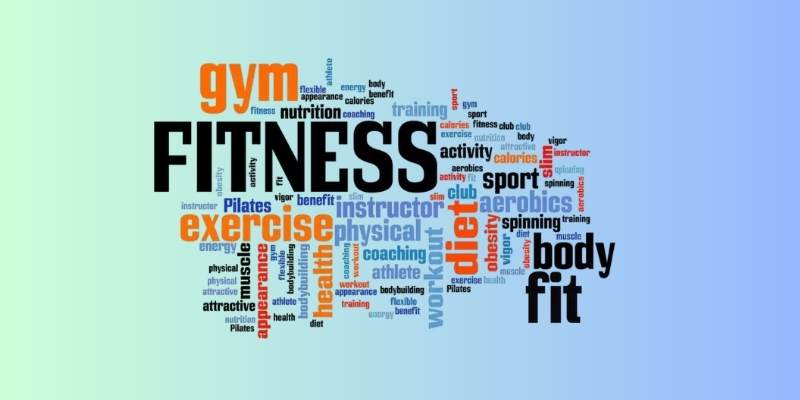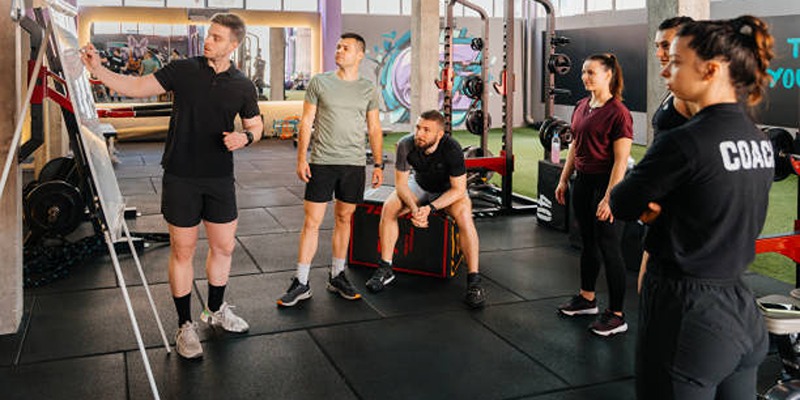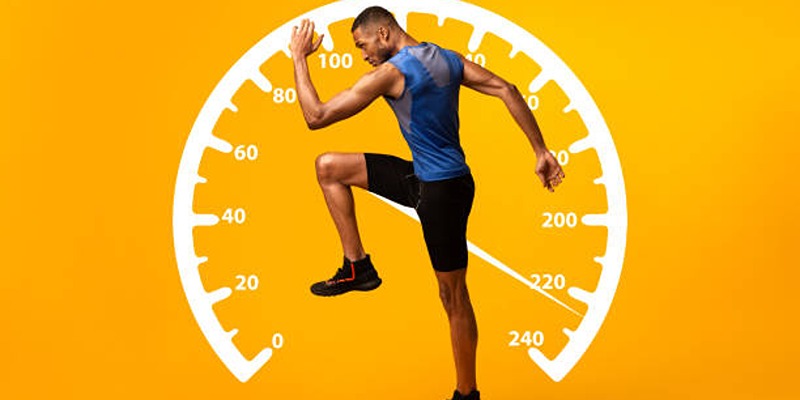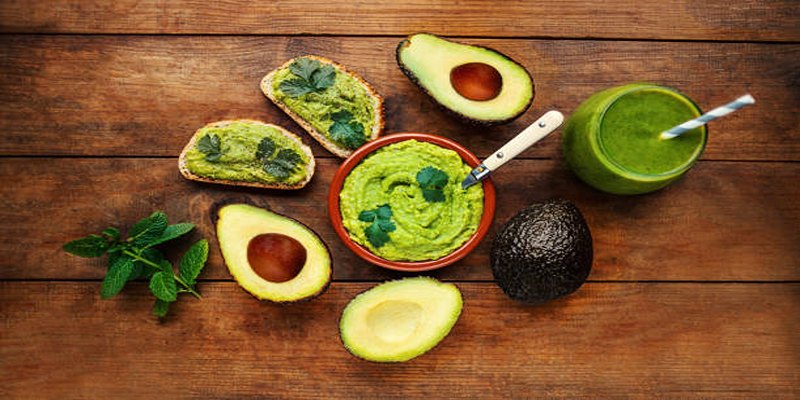There is a language to fitness. If you have never worked out before, several words could confuse you. Every gym or online program features terms like "reps" or "gains." Knowing them facilitates improved routines and tracking of your development. Talking with experts or reading about fitness guidelines will also help you to feel more confident. Knowing these words enables you to work smarter and stay safe.
These words apply whether your workout is cardio or weight lifting. This article discusses ten of the most often-used fitness phrases. Once you know these terminologies, following workouts becomes simpler. You can also create a schedule suited to your objectives. Let's dissect some common words so you might feel more at ease with the language of fitness.

Top 10 Fitness Terms Explained for Beginners
Below are 10 popular fitness terms you’ll often hear at the gym or in workout plans, clearly defined for beginners:
Reps
Short for repetitions, reps indicate how often you execute a movement consecutively. For instance, you have performed 12 repetitions if you execute 12 push-ups without stopping. Training in strength and resistance calls for repetitions. They enable the measurement of your muscles' activity level. You can develop endurance by doing more repetitions with a lesser weight. Fewer heavy-weight repetitions increase strength. Counting repetitions facilitates tracking of your development.
Sets
In a workout, sets define the number of repetitions you do. You have done three sets of ten repetitions if you complete ten push-ups, rest, and do that three times. Sets prevent overtraining and enable you to plan your exercise. Your goals will determine how many sets you need. Beginners might start with two sets. More developed individuals could do four or five. Sets allow your body to recover between effort bursts. They simplify and maximize workouts.
Gains
Gains help you to explain the improvement you achieve from exercise. It usually signifies developing strength or muscle. Gains can also include improved endurance or weight loss. Those who observe changes in their physique say, "making gains." Regular exercise and a good diet help bring these changes about. Monitoring progress keeps you inspired. Body measures, strength gains, or progress pictures will all help you gauge them.
Cardio
Short for cardiovascular exercise, cardio increases heart rate. It covers bicycling, swimming, running, and walking. These works strengthen your lungs and heart. Cardio raises mood and helps burn calories as well. It helps greatly with weight loss and energy increase. Even dancing or jumping rope counts as cardio. Frequent cardio maintains your body in a good and active state. Most days, try for at least thirty minutes of cardio. Select an activity you enjoy so you will be consistent with it.
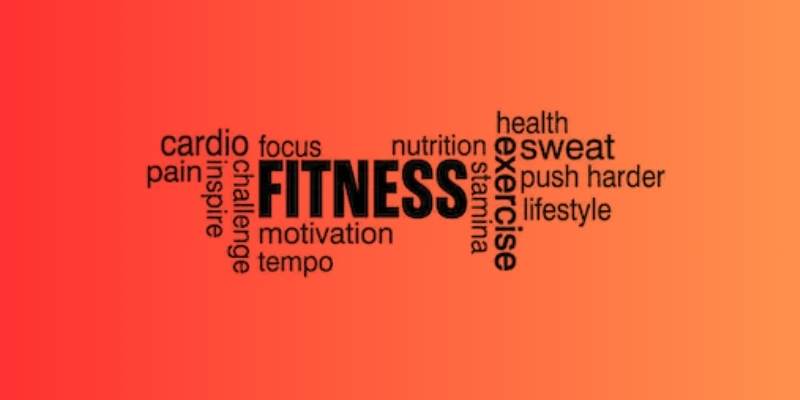
HIIT
High-intensity interval training, or HIIT, alternately rests between brief bursts of effort. Thirty seconds of jumping jacks followed by thirty seconds of rest may make up a HIIT session. You then keep on repeating. HIIT workouts are short but very effective. In a short time, it burns a lot of calories. It increases endurance and enhances cardiac condition as well. HIIT can be done by cycling, jogging, or using bodyweight motions. Most HIIT sessions run fifteen to thirty minutes. Busy people looking for quick results will find it ideal.
Strength Training
Strength training develops muscles with resistance—that of weights or your own body. Among examples are push-ups, lunges, and squats. This activity supports good bones and makes you stronger. It also increases your metabolism, hence enabling more calorie burning. You don't need a gym; home workouts or resistance bands work fine. Try to schedule two or three weekly sessions. Start with light weights and concentrate on form. As you grow stronger, gradually raise the weight.
Progressive Overload
Progressive overload deliberately raises the difficulty of your workouts. You might cut rest times, increase repetitions, or lift additional weight. These adaptations enable muscles to develop and become more powerful. Your body becomes adapted to the exercise and ceases altering without overload. To prevent harm, you should progressively raise difficulty. One simple adjustment—adding one more rep—can make a difference. Track your workouts to determine when to increase.
DOMS
Delayed Onset Muscle Soreness stands for DOMS. It occurs 24 to 48 hours following an intense workout. You may feel pain, soreness, or stiffness. It is natural, particularly while learning new workouts. DOMS stands for your muscles' healing and strengthening process. It usually lasts only a couple of days. A warm shower, light activity, or stretching can help with pain. Though DOMS causes skipping of workouts, pay attention to your body. DOMS will occur less frequently as you grow used to working out.
Form
Form determines your exercise performance. Good form protects your body and helps to prevent injuries. It also facilitates the targeting of the correct muscles. A poor-form squat, for instance, can damage your knees. "Form first, weight second," trainers say quite a bit. In other words, do not attempt it if you cannot lift heavier. To verify your form, videotape your motions or watch yourself in a mirror. Slow down if necessary. Improved results follow from better form.
Rest Day
A rest day is a pause from highly physical activity. Healing and growth of your muscles take time. You run in danger of burnout or injury without rest. A rest day doesn’t mean doing nothing. You might stroll, stretch, or practice gentle yoga. Most people find one or two relaxation days per week sufficient. Rest lets your body heal, rebuild, and return stronger. It also provides a respite from instruction for your brain.
Conclusion:
Learning fitness words helps your path to be more pleasant and smooth. These words enable you to follow exercises better. They also enable you to interact effectively with fitness advisors and trainers. Understanding them does not depend on your level of expertise. Just knowing a few fundamentals helps you to feel confident. These terminologies can help you whether your workout is aerobic or weightlifting. They safely aid in monitoring development and raise your performance. Remember, fitness is a long-term goal, not a quick fix. Maintain consistency and keep learning.



